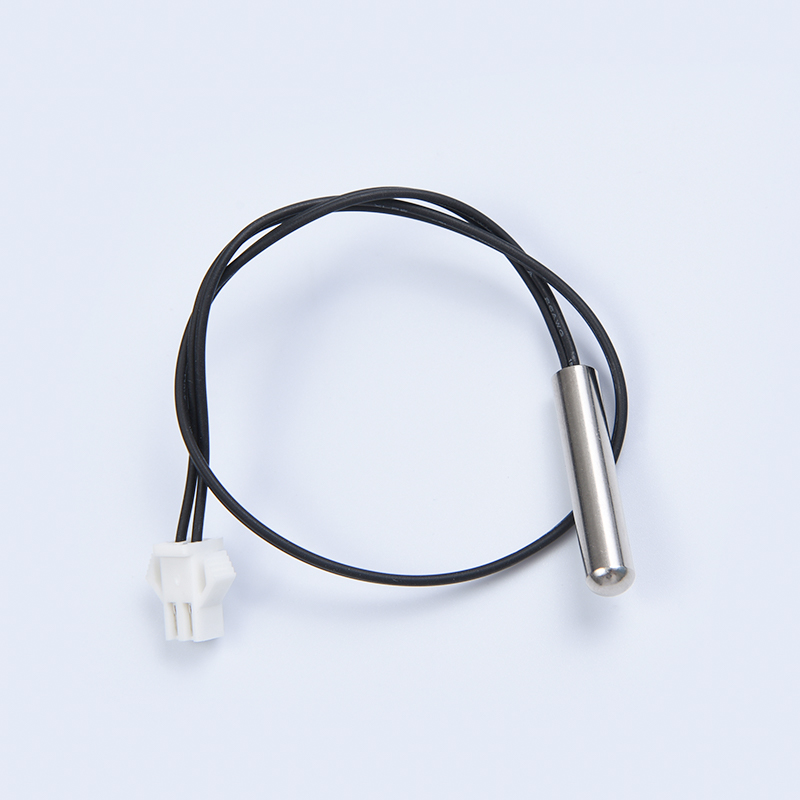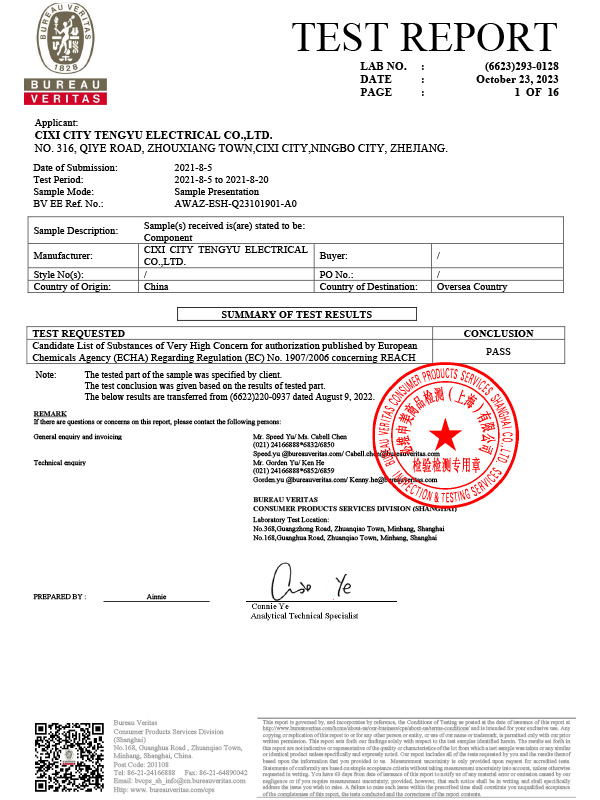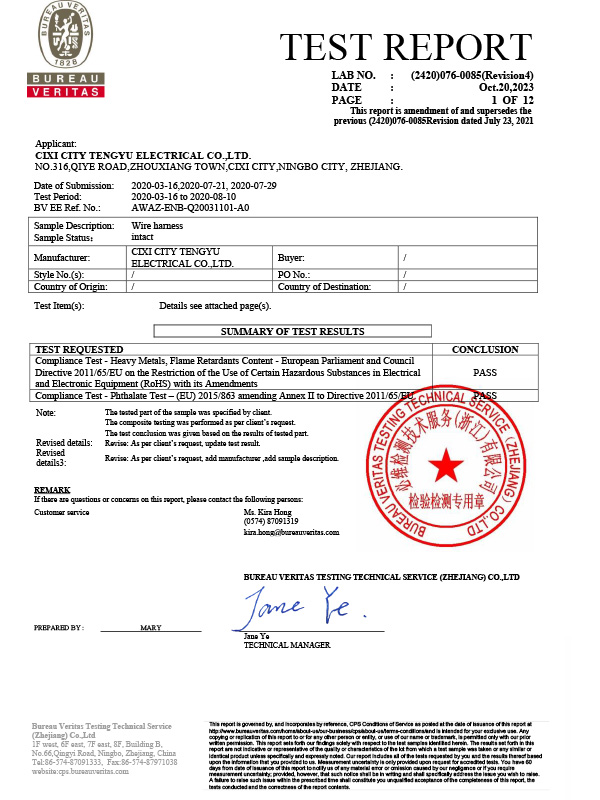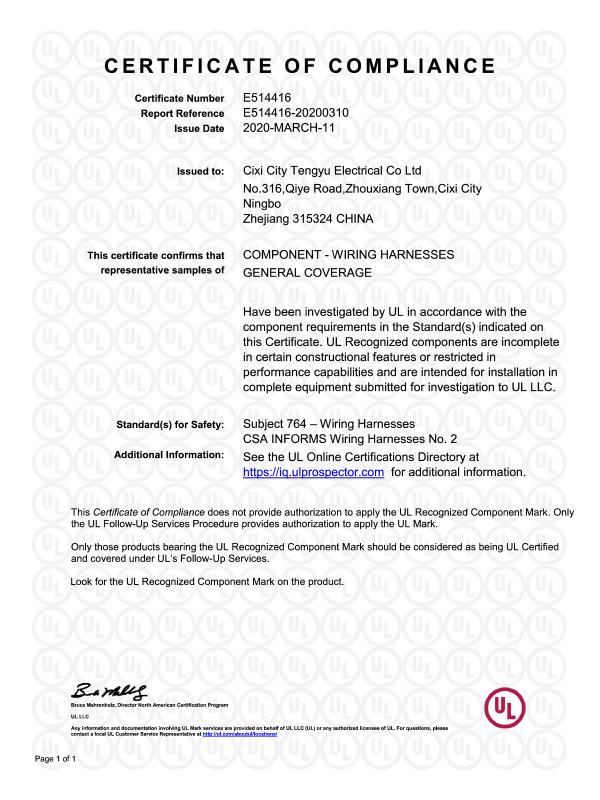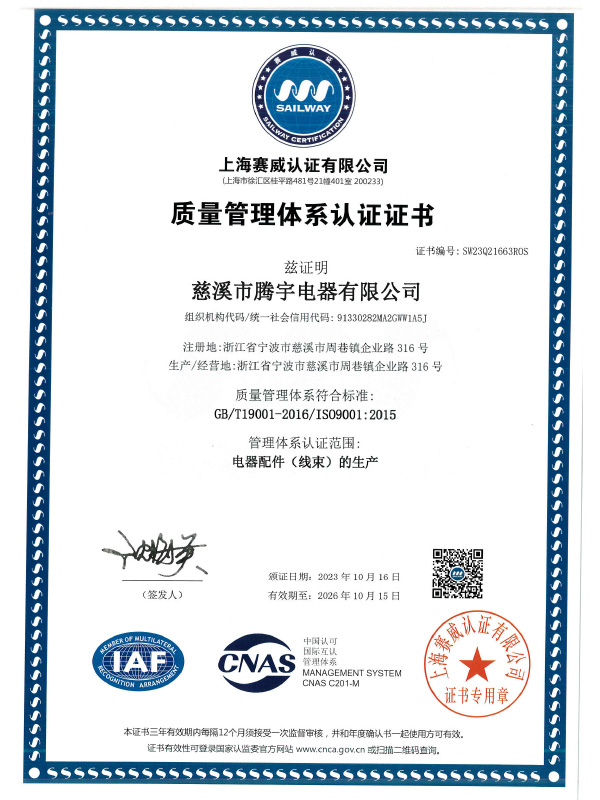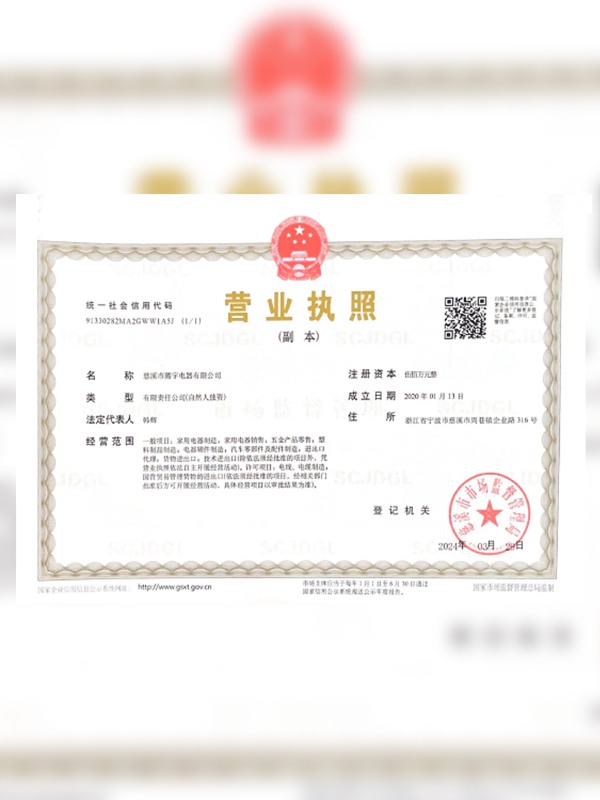Role of the Rice Cooker NTC Temperature Sensor in Enhancing Cooking Modes and User Experience
The first and most fundamental role of the
Rice Cooker NTC Temperature Sensor is its ability to provide precise feedback on the pot’s thermal conditions. Unlike simple bimetallic thermostats, the NTC sensor continuously measures resistance changes relative to heat, which allows the rice cooker to track subtle temperature fluctuations in real time. This precision is not merely a technical feature; it directly translates into more sophisticated cooking programs. For example, cooking different varieties of rice—jasmine, basmati, brown, or glutinous—requires unique thermal profiles. Without accurate sensing, a rice cooker would apply generic heating curves, which often leads to inconsistent textures and unsatisfactory results. With NTC-based control, cooking algorithms can adjust heating intensity at each stage: rapid heating for boiling, gentle simmering during water absorption, and low-level heating to complete gelatinization of starch. The user perceives this not as an engineering accomplishment but as consistent, high-quality meals. Importantly, this precision also allows the introduction of alternative cooking modes beyond rice, such as porridge, soups, and even baking functions. Each of these relies on the ability of the sensor to interpret thermal conditions with great accuracy. From an engineering perspective, ensuring such accuracy requires more than just sensitive thermistor materials; it depends heavily on stable housings and protective components that can withstand continuous thermal cycling. Precision casting of aluminum alloys offers a lightweight yet durable solution for these housings, ensuring thermal conductivity while protecting delicate sensor electronics. This is where companies like Ningbo Jinyao Machinery Co., Ltd. support the technological backbone of modern cooking appliances, offering housing solutions that allow NTC sensors to retain accuracy even after years of daily use.
The Rice Cooker NTC Temperature Sensor enables manufacturers to design multi-stage cooking programs that cater to the growing demand for versatile kitchen appliances. Traditional rice cookers offered a single “cook” mode, switching to “keep warm” once a threshold was reached. In contrast, modern devices can execute complex algorithms with multiple heating and resting phases, guided entirely by the sensor’s thermal data. Take, for example, a “congee” mode: the cooking process begins with rapid heating to bring water to a boil, followed by a carefully regulated simmer that prevents sticking while gradually thickening the mixture. Without reliable NTC feedback, the pot could either overheat and burn or underheat and fail to achieve the desired texture. Similarly, baking functions within some advanced rice cookers depend on precise thermal regulation to ensure dough rises evenly without premature crusting. Each of these expanded modes significantly enhances user experience by broadening the range of meals that can be prepared with a single device. Instead of purchasing multiple specialized appliances, users benefit from a multifunctional rice cooker that adapts to various culinary tasks. From the perspective of industrial design, achieving this versatility requires the integration of sensor systems within housings that can handle high humidity, variable pressure, and continuous contact with steam. Here again, the role of advanced aluminum alloy castings becomes critical. Ningbo Jinyao Machinery Co., Ltd., with its advanced mold design and production capabilities, provides housings that are not only structurally robust but also thermally efficient, ensuring that NTC sensors can continue to function flawlessly across diverse cooking scenarios.
Another dimension of the Rice Cooker NTC Temperature Sensor’s contribution to cooking modes is its impact on energy efficiency. Without accurate temperature feedback, a rice cooker would rely on crude on/off heating cycles, consuming more energy than necessary and potentially overheating the food. With precise sensor readings, however, energy delivery can be optimized. Heating elements can modulate output gradually, applying only the necessary amount of power to maintain ideal conditions. This has significant implications for both household energy consumption and long-term appliance sustainability. In regions where rice cookers are used daily, cumulative energy savings are substantial, directly benefiting users by lowering operating costs. Furthermore, improved efficiency also reduces wear on heating elements, prolonging appliance lifespan. This optimization requires a careful balance between sensor accuracy, responsiveness, and the structural durability of the protective casing. The casing must not interfere with heat transfer while still shielding the sensor from moisture and mechanical stress. Achieving such precision in component design relies heavily on expertise in material engineering and casting. By employing advanced production methods such as vacuuming and high-pressure spot cooling, Ningbo Jinyao Machinery Co., Ltd. delivers casting components that exhibit uniform density and high thermal conductivity, ensuring that NTC sensors can respond quickly to thermal changes without signal distortion.
The rise of smart appliances has brought new expectations for connectivity, programmability, and intelligent adaptation. The Rice Cooker NTC Temperature Sensor is integral to these smart features, enabling cookers to offer real-time feedback through digital displays or mobile applications. Smart cookers can show exact temperature data, estimate remaining cooking time, or even adjust automatically to user preferences, all thanks to accurate NTC input. Some advanced models allow us to select texture preferences such as “soft,” “regular,” or “firm” rice. Achieving these variations requires precise management of heating curves, which would be impossible without the continuous monitoring provided by the NTC sensor. In effect, the sensor allows the appliance to “translate” user input into actionable thermal adjustments, bridging the gap between technology and culinary preference. For these smart systems to function reliably, sensor protection and structural integrity are essential. Ningbo Jinyao Machinery Co., Ltd. ensures this integrity through its advanced die-casting capabilities, delivering housings and fixtures that maintain stable sensor positioning even under the stress of repeated thermal cycles. Their role in supporting smart appliance hardware complements the electronic innovations driving the user interface, creating a seamless user experience.




 中文简体
中文简体